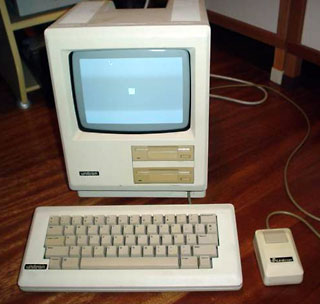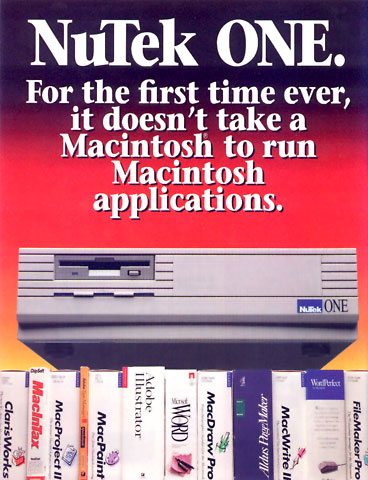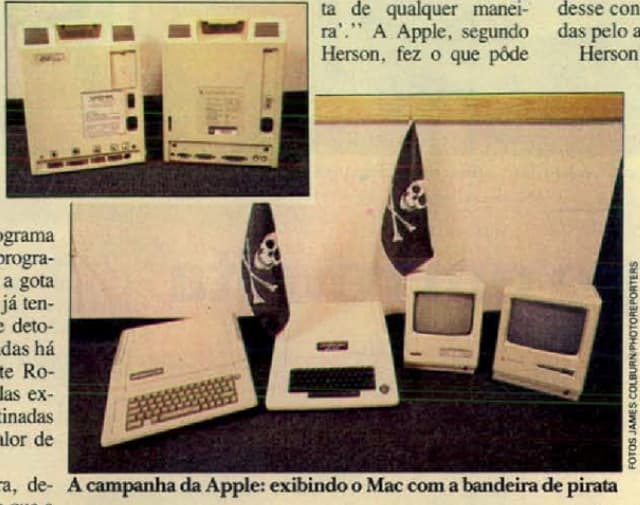Two efforts to make legal clones of the Mac, both failed but for different reasons:
Unitron Mac 512: A Contraband Mac 512K from Brazil
About the Unitron:
“The clone was made around 1985 by Unitron, a Brazilian company that had a very successful line of Apple II clones. Initially the plan was to make a Brazilian Mac under license from Apple; however, Apple would not accept less than a 51% share of the operation, which at that time was specifically prohibited by Brazilian law.

“Unitron went ahead anyway, getting a $10M loan from a government bank, and, with help from university laboratories and National Semiconductor, they succeeded in reverse-engineering the ‘custom’ Mac chips: the diskette controller (which was simply a one-chip version of the Apple II controller board), the real-time clock, and the PAL chips.
“At the same time, a software team reverse-engineered the ROM, based on the ‘Inside Mac’ specifications. I was a consultant for that team and eventually did most of the Toolbox managers . . . everything was coded in C, except for some critical device drivers and the QuickDraw emulator which were done in Assembly language. As a result, the resulting ROM was originally double the size of Apple’s . . . in fact, in the final shipping version it was substituted by static RAM, which was loaded from a special pre-boot floppy.
About the NuTek:
NuTek spent four years reverse engineering the ROMs in a clean room in its quest to produce a legal Mac clone. It didn’t exactly succeed.
The problem was, NuTek’s “clones” didn’t run the Mac OS. NuTek’s graphical user interface was based on open source Motif – in great part so Apple couldn’t sue over the Mac-like, somewhat Mac-compatible operating system.NuTek’s goal was to produce a “liability-free” chipset it could sell to others who would build 68020– and 68030-based Mac clones. The NuTek chipset was intended to also support 68000 and 68040 CPUs. The end result was a machine roughly equivalent to the Late 1992 Mac IIvx.
via

